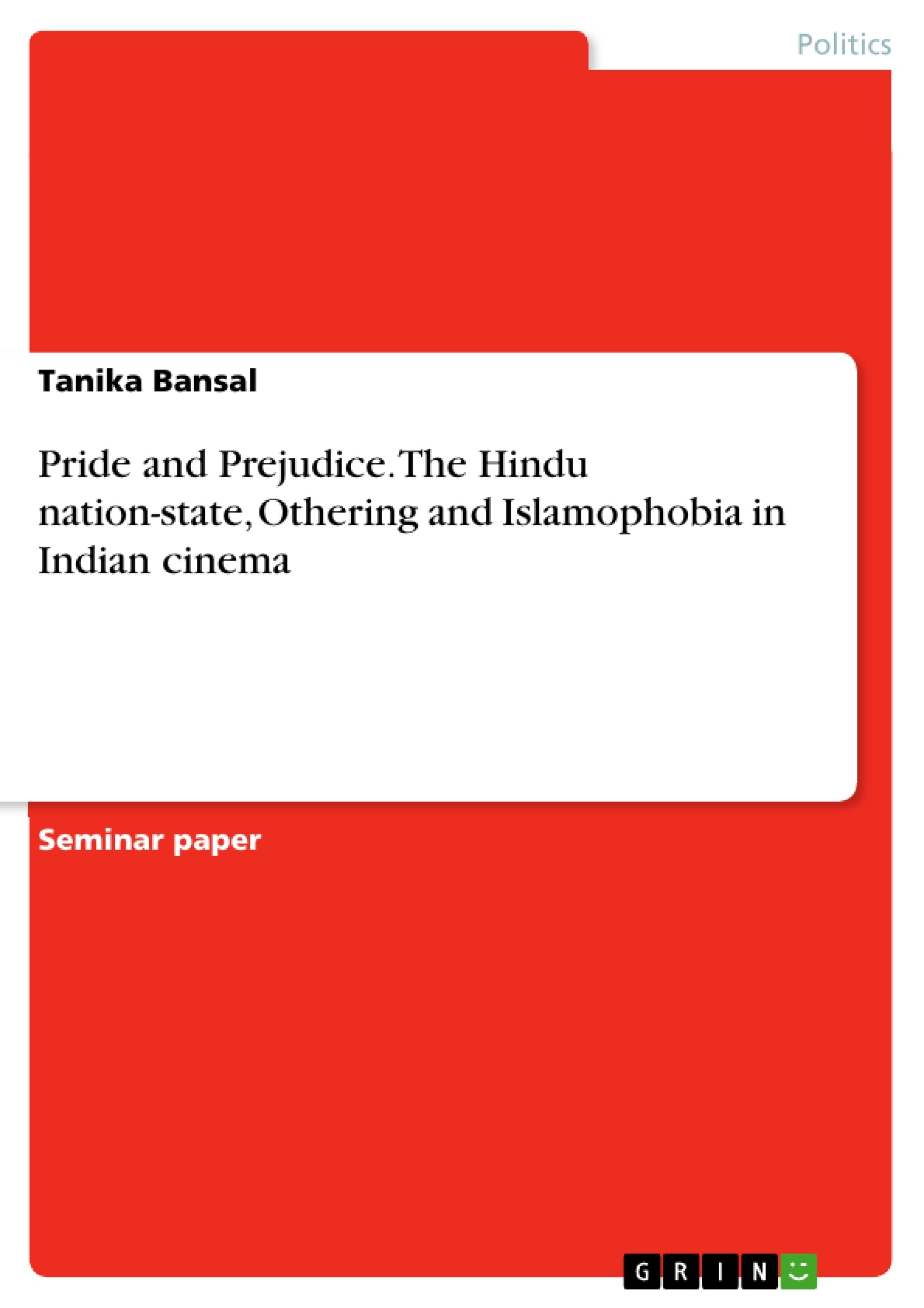This paper seeks to illustrate how popular cinema has dealt with the liminality of the Muslim "Other" in the nation-space by representing Muslims either in a stereotypical manner or by appropriating them into the normative Hindu self especially post 1990s, displaying sentiments of "nationalistic supremacy". The key word here being "nationalistic or nationalism" – a political ideology characterised by the promotion of the interest of a nation-state, especially with the aim of gaining and maintaining sovereignty over "home-land"; and rejecting or ‘othering’ ideologies. The rejection of the ‘othering’ ideology refers to Islamophobia, which becomes another recurring theme in this essay.
Cinema, similar to its contemporary mediums, has acted as a capacious cultural space for politicians, reactionary ideologues, and the defenders of a particular social belief system to reconstruct and reinterpret the archaeologies of the imaginary world built on celluloid, in a manner that suits their own agenda. In the process of such reconstruction, cinema is used to establish linkages between the publicly contested socio-political and historical meanings prevalent in a nation and the filmic world created by cinematography.
Content
Introduction and Argument
The Conceptual Framework
The Muslim ‘Other’ & Media Framing
Historical Framework
Case in Point: Muslim ‘Otherization’ in Bollywood
Film Review: Exoticized, Marginalised and Demonized Muslims
Final Thoughts
BIBLIOGRAPHY
- Quote paper
- Tanika Bansal (Author), 2018, Pride and Prejudice. The Hindu nation-state, Othering and Islamophobia in Indian cinema, Munich, GRIN Verlag, https://www.grin.com/document/497638
-

-

-

-
Upload your own papers! Earn money and win an iPhone X. -

-
Upload your own papers! Earn money and win an iPhone X. -

-
Upload your own papers! Earn money and win an iPhone X. -

-
Upload your own papers! Earn money and win an iPhone X. -

-
Upload your own papers! Earn money and win an iPhone X. -

-
Upload your own papers! Earn money and win an iPhone X.

